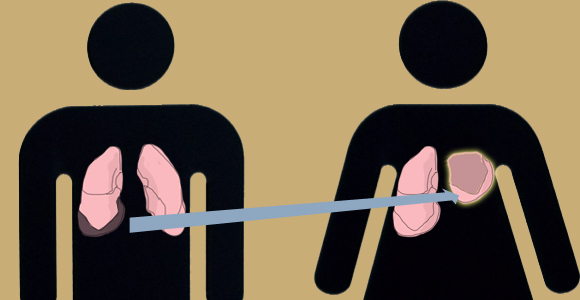
After having difficulty breathing, a Kansai area resident went to the hospital where she learned that she had an irreversible case of pulmonary fibrosis (firming of lung tissue). The doctors told her that if she didn’t receive a transplant for her left lung she would die. Luckily, her own husband was found to be a suitable donor. However, although his blood and tissue matched, there was a problem with the size of his lung. So a team of doctors at Kyoto University came up with a creative solution so unheard of, you’re more likely to find it in the pages of Black Jack rather than a medical journal.
First let’s take a look at how a regular lung transplant might go. The human lung is basically divided into five lobes as shown in this super accurate diagram I just drew.
If someone has a failing lung and requires a transplant, one option would be to take an entire lung from a recently deceased donor. Although the patient can get a whole intact lung, the waiting lists are difficult and may require intensive surgery at a moment’s notice.
The other option would be to take an inferior lobe from two separate living donors. A healthy person can live a normal life with the loss of a single lobe, so the donors generally recover without issue. Although this situation is less urgent, it is understandably more complex for the person receiving the transplants.
In the case of this particular woman, an entire lung was needed but the only available donor was her husband. However, since time was of the essence, they would have to use only his one lobe to replace her entire left lung.
Unfortunately, the man’s inferior left lobe was truly inferior and too small to be used in such a way – a fact that had to have hurt the man’s pride on some level. As you can maybe kind of see in my first diagram, a human’s right lung is about 20% larger than the left one which also has to share space with the heart. Therefore, while the man’s inferior left lobe was woefully inadequate, his meaty inferior right lobe was more than up to the task.
The challenge here is in attaching a piece of right lung into the place of a left lung. Given the opposite sides and positions, it becomes a dangerous puzzle to try and connect all the arteries and bronchi (blood and air passages) correctly. It would be like trying to plug an NES game pad into an SNES.
To aid the Kyoto University medical staff, Nagoya City University lent the use of their 3-D printer. Together they could make a full 3-D model of the woman’s chest and map out exactly how they could make the right connections before proceeding.
Back in Kyoto in early March of this year, a team of 20 surgeons, all knowing exactly what needed to be done thanks to the use of the 3-D model, prepared for the operation. The procedure went relatively swiftly lasting only four and a half hours with both the husband and wife stable and in recovery.
After her surgery, the wife went into weeks of rehabilitation and was finally able to take 10,000 steps in a day, eventually being discharged on 10 May. By this time her husband had long recovered and was already back to work. He also had the ultimate ace-in-the-hole for any marital spats that would arise from then on.
During a press conference on 14 May, one of the surgeons and Kyoto University professor Yoji Date passed along the woman’s message of gratitude.
“Words can’t express how truly thankful I am. I feel like I was given a new life.”
Dr. Date also declared the transplant a success and declared it the first of its kind done with a living donor. Although, there’s often a lot of talk about the dangers or silliness of 3-D printing, it seems we are only scratching the surface of the benefits that this technology can bring to the world.
Source: Yahoo! Japan News, Sankei West (Japanese)
Images: RocketNews24

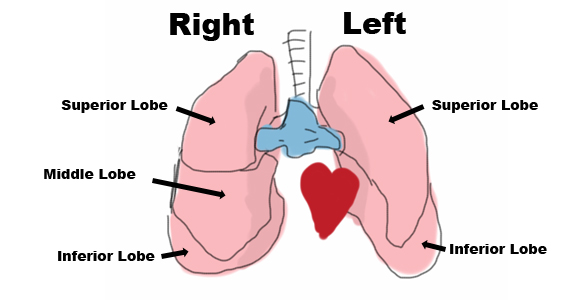
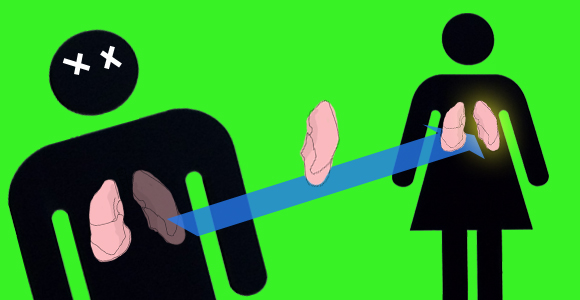
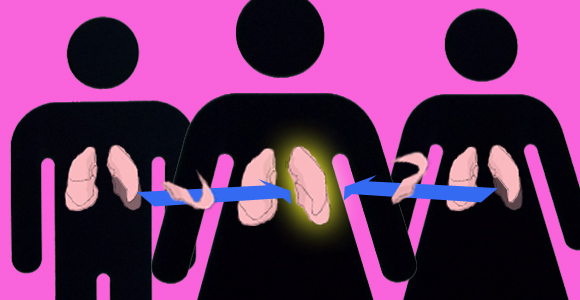
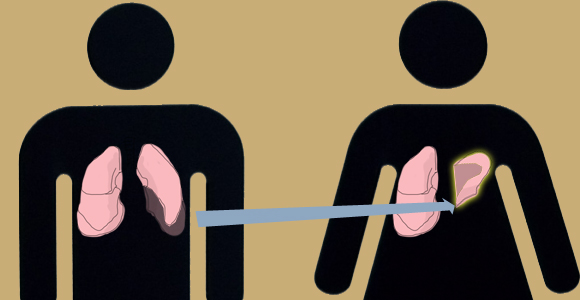
 Japanese beef bowl chain Sukiya’s 2026 Smile Box lucky bag basically pays for itself
Japanese beef bowl chain Sukiya’s 2026 Smile Box lucky bag basically pays for itself Majority of Japanese mayors say foreign residents are essential but most see good and bad effects
Majority of Japanese mayors say foreign residents are essential but most see good and bad effects Starbucks Japan ready to get Year of the Horse started with adorable drinkware and plushies【Pics】
Starbucks Japan ready to get Year of the Horse started with adorable drinkware and plushies【Pics】 National Geographic names Yamagata Prefecture on its “Best of the World 2026” travel destinations
National Geographic names Yamagata Prefecture on its “Best of the World 2026” travel destinations 7 great places to see Mt. Fuji from without having to climb it
7 great places to see Mt. Fuji from without having to climb it Japanese beef bowl chain Sukiya’s 2026 Smile Box lucky bag basically pays for itself
Japanese beef bowl chain Sukiya’s 2026 Smile Box lucky bag basically pays for itself Majority of Japanese mayors say foreign residents are essential but most see good and bad effects
Majority of Japanese mayors say foreign residents are essential but most see good and bad effects Starbucks Japan ready to get Year of the Horse started with adorable drinkware and plushies【Pics】
Starbucks Japan ready to get Year of the Horse started with adorable drinkware and plushies【Pics】 National Geographic names Yamagata Prefecture on its “Best of the World 2026” travel destinations
National Geographic names Yamagata Prefecture on its “Best of the World 2026” travel destinations 7 great places to see Mt. Fuji from without having to climb it
7 great places to see Mt. Fuji from without having to climb it Japanese breakfast ramen for US$3.50 in Shinjuku is the morning meal you didn’t know you needed
Japanese breakfast ramen for US$3.50 in Shinjuku is the morning meal you didn’t know you needed New Studio Ghibli collection includes a US$2,450 wooden Totoro 【Video】
New Studio Ghibli collection includes a US$2,450 wooden Totoro 【Video】 Guangdong would rank as the world’s 12th most populous nation, and other fun with China’s census
Guangdong would rank as the world’s 12th most populous nation, and other fun with China’s census New Okonomiyaki Burger flips up the fast food scene in Japan
New Okonomiyaki Burger flips up the fast food scene in Japan Godzilla-shaped ice cream on sale in Tokyo near the sight his most adorable rampage
Godzilla-shaped ice cream on sale in Tokyo near the sight his most adorable rampage Hayao Miyazaki says Happy New Year to Studio Ghibli fans with new art for Year of the Horse
Hayao Miyazaki says Happy New Year to Studio Ghibli fans with new art for Year of the Horse We found possibly the quietest Japanese-style hotel in Tokyo’s bustling Shinjuku district
We found possibly the quietest Japanese-style hotel in Tokyo’s bustling Shinjuku district Cup Noodle tries an authentic Jiro-style ramen, but something’s not quite right
Cup Noodle tries an authentic Jiro-style ramen, but something’s not quite right The best Starbucks Japan Frappuccinos we want to drink again in 2026
The best Starbucks Japan Frappuccinos we want to drink again in 2026 We revisited Sweets Paradise after a decade to see if Japan’s dessert buffet still delivers
We revisited Sweets Paradise after a decade to see if Japan’s dessert buffet still delivers That time Seiji called JASRAC to ask why he didn’t get paid royalties for his song being on TV
That time Seiji called JASRAC to ask why he didn’t get paid royalties for his song being on TV Japan’s oldest largetooth sawfish in captivity back on display in Mie Prefecture
Japan’s oldest largetooth sawfish in captivity back on display in Mie Prefecture Pizza Hut Japan’s hot lucky bags are perfect for a New Year’s pizza party
Pizza Hut Japan’s hot lucky bags are perfect for a New Year’s pizza party 7-Eleven Japan starts new temporary luggage storage service in over 300 branches
7-Eleven Japan starts new temporary luggage storage service in over 300 branches Disillusionment at Tsukiji’s tourist-target prices led us to a great ramen restaurant in Tokyo
Disillusionment at Tsukiji’s tourist-target prices led us to a great ramen restaurant in Tokyo Starbucks teams up with 166-year-old Kyoto doll maker for Year of the Horse decorations【Photos】
Starbucks teams up with 166-year-old Kyoto doll maker for Year of the Horse decorations【Photos】 Tokyo considering law requiring more trash cans following litter increase in heavily touristed area
Tokyo considering law requiring more trash cans following litter increase in heavily touristed area Tokyo’s Tsukiji sushi neighborhood asks tour groups to stay away for the rest of the month
Tokyo’s Tsukiji sushi neighborhood asks tour groups to stay away for the rest of the month Tokyo event lets you travel back in time, for free, to celebrate 100 years since Showa era start
Tokyo event lets you travel back in time, for free, to celebrate 100 years since Showa era start Japan may add Japanese language proficiency, lifestyle classes to permanent foreign resident requirements
Japan may add Japanese language proficiency, lifestyle classes to permanent foreign resident requirements Sanrio theme park in Japan announces plans to expand into a Sanrio resort
Sanrio theme park in Japan announces plans to expand into a Sanrio resort Stamina-destroying “Paralysis Noodles” are Tokyo’s newest over-the-top ramen innovation
Stamina-destroying “Paralysis Noodles” are Tokyo’s newest over-the-top ramen innovation Survey asks foreign tourists what bothered them in Japan, more than half gave same answer
Survey asks foreign tourists what bothered them in Japan, more than half gave same answer Japan’s human washing machines will go on sale to general public, demos to be held in Tokyo
Japan’s human washing machines will go on sale to general public, demos to be held in Tokyo Japan’s deadliest food claims more victims, but why do people keep eating it for New Year’s?
Japan’s deadliest food claims more victims, but why do people keep eating it for New Year’s? We deeply regret going into this tunnel on our walk in the mountains of Japan
We deeply regret going into this tunnel on our walk in the mountains of Japan Studio Ghibli releases Kodama forest spirits from Princess Mononoke to light up your home
Studio Ghibli releases Kodama forest spirits from Princess Mononoke to light up your home Major Japanese hotel chain says reservations via overseas booking sites may not be valid
Major Japanese hotel chain says reservations via overseas booking sites may not be valid Put sesame oil in your coffee? Japanese maker says it’s the best way to start your day【Taste test】
Put sesame oil in your coffee? Japanese maker says it’s the best way to start your day【Taste test】 No more using real katana for tourism activities, Japan’s National Police Agency says
No more using real katana for tourism activities, Japan’s National Police Agency says Starbucks Japan reveals new sakura drinkware collection, inspired by evening cherry blossoms
Starbucks Japan reveals new sakura drinkware collection, inspired by evening cherry blossoms Updated cherry blossom forecast shows extra-long sakura season for Japan this year
Updated cherry blossom forecast shows extra-long sakura season for Japan this year Japanese breakfast ramen for US$3.50 in Shinjuku is the morning meal you didn’t know you needed
Japanese breakfast ramen for US$3.50 in Shinjuku is the morning meal you didn’t know you needed New Studio Ghibli collection includes a US$2,450 wooden Totoro 【Video】
New Studio Ghibli collection includes a US$2,450 wooden Totoro 【Video】 Guangdong would rank as the world’s 12th most populous nation, and other fun with China’s census
Guangdong would rank as the world’s 12th most populous nation, and other fun with China’s census New Okonomiyaki Burger flips up the fast food scene in Japan
New Okonomiyaki Burger flips up the fast food scene in Japan Godzilla-shaped ice cream on sale in Tokyo near the sight his most adorable rampage
Godzilla-shaped ice cream on sale in Tokyo near the sight his most adorable rampage Discover your secret charm at Kate’s mansion of emotions at Universal Studios Japan
Discover your secret charm at Kate’s mansion of emotions at Universal Studios Japan Tokyo fish market breaks New Year auction record as single fish sells for over 5 million yen【Vid】
Tokyo fish market breaks New Year auction record as single fish sells for over 5 million yen【Vid】 7-Eleven Japan now sells fresh-fried doughnuts, but are they any good?【Taste test】
7-Eleven Japan now sells fresh-fried doughnuts, but are they any good?【Taste test】 11 different ways to say “father” in Japanese
11 different ways to say “father” in Japanese For the working otaku – Convertible bags you can take to work and anime/idol events【Photos】
For the working otaku – Convertible bags you can take to work and anime/idol events【Photos】 37 amazing photographs of the people of old Japan living their daily lives 【Photos】
37 amazing photographs of the people of old Japan living their daily lives 【Photos】 We try Akihabara’s new Shaken Ramen in a bubble tea cup 【Taste Test】
We try Akihabara’s new Shaken Ramen in a bubble tea cup 【Taste Test】
Leave a Reply